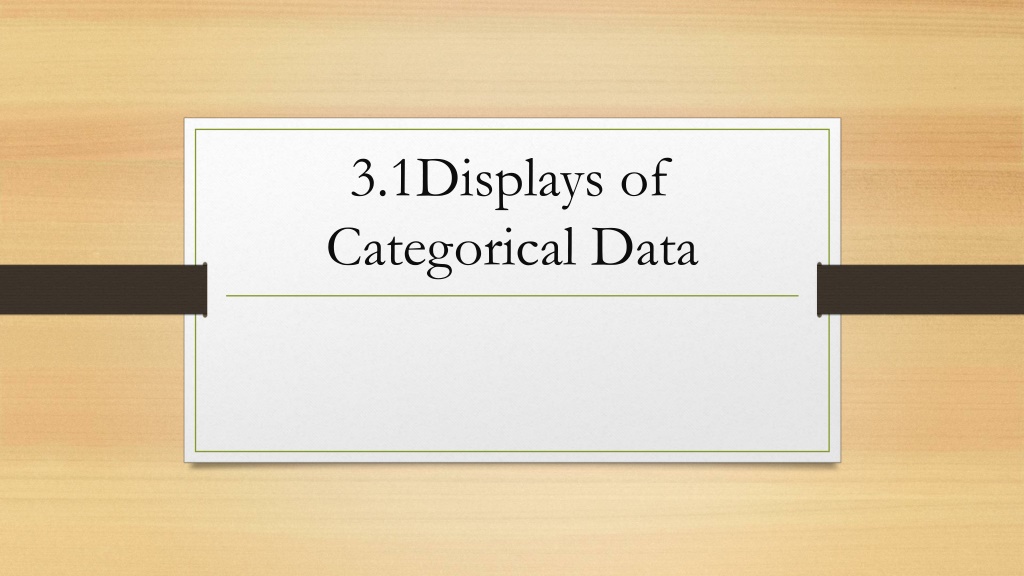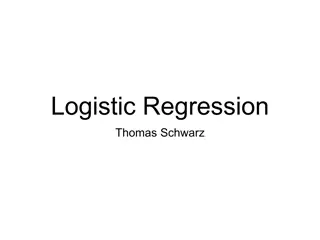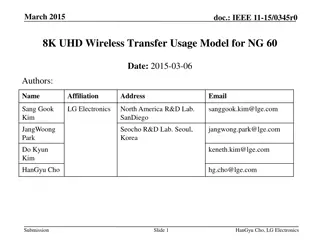Understanding Categorical Data Displays and Analysis
Visual displays of categorical data such as bar graphs, pie charts, and frequency distributions help organize and interpret large amounts of data effectively. Different types of graphs serve specific purposes, like comparing categories visually and identifying modes easily. This overview covers the importance of using visual displays, frequency distributions, pie charts, bar graphs, and essential details to consider when creating and analyzing such data representations.
Download Presentation

Please find below an Image/Link to download the presentation.
The content on the website is provided AS IS for your information and personal use only. It may not be sold, licensed, or shared on other websites without obtaining consent from the author. Download presentation by click this link. If you encounter any issues during the download, it is possible that the publisher has removed the file from their server.
E N D
Presentation Transcript
3.1Displays of Categorical Data
WHY?????? We choose visual displays to make the data easier for the reader to quickly interpret. It is easier to understand large amounts of data when it s organized. It is easier to compare categories and quantities visually. It is easier to identify the MODE especially in a bar graph, since it will be the highest bar.
Frequency Distribution A graph or frequency table describes a distribution. A distribution tells us the possible values a variable takes as well as the occurrence of those values (frequency or relative frequency). It s basically a list of all the things that COULD happen, and also the LIKELIHOOD that each will actually happen. Ex: Rain: 5%, No Rain: 95%
Pie Chart: A circle having a slice of pie for each category. Useful when the data adds up to a whole (100%), like an annual budget. Be careful when answering questions. Watch for key words like AND, OR, and NOT.
Movie Preferences a. What percent of students like either romance or drama? b. What percent of students do not like foreign films? c. What percent of students do not like action or science fiction?
Bar Graph A graph that displays a bar for each category. Easier to compare categories with a bar graph rather than with a pie chart. The bars can be ordered several ways: Logically: customizes the information for the reader s ease Alphabetically: makes it easy to locate a specific piece of information Pareto Charts: when the categories are ordered by their frequency, from the tallest bar to the shortest bar. Useful when the focus is the few most frequent categories
Necessary details of a bar graph Title, which should inform the reader of the content of the graph X-axis label, usually in words, since we are using categorical data Y-axis label, with units The bars, drawn to scale. The bars should be equal in width, and have some space between them. Usually some color to make it easier to read
Happy Birthday! This graph has LOGICAL ordering on the x- axis, keeping the months in order. What is the mode for birthday month? What is the difference between the month with the most birthdays and the month with the least birthdays? How many students were in this survey? What percent of students have their birthdays in the summer? (June, July, August)
Alphabetical Bar Graph Example What are the advantages of this format? What are the drawbacks? Which grain has the most protein per cup?
Carbon Dioxide Emissions Worldwide Why is this data presented in a Pareto Chart form? What are the advantages of such a format?























